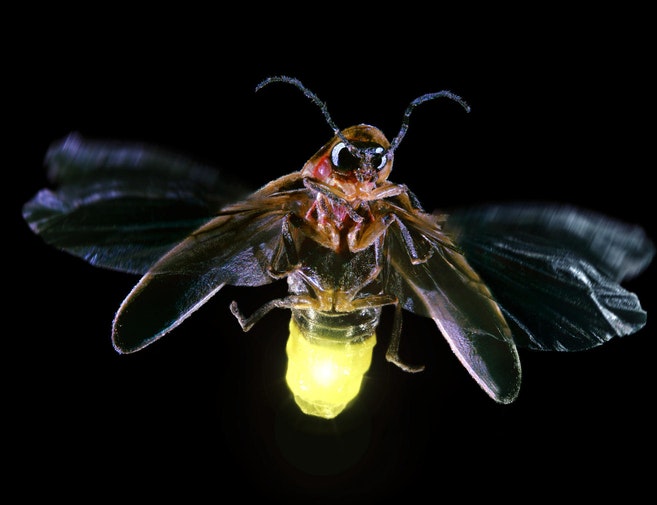

January 05, 2020 By Rohan Shrestha
 |
I have always been fascinated by fire-flies! They are small night butterflies-flying around in the darkness of night with little lights that self-glow! This glow makes them charismatic and mysterious than other insects. This also makes it a worthy study model for bio mimicry. Fireflies are sensitive insect that thrives where water quality is good thus indicating that there is healthy ecosystem. Personally speaking, I feel fireflies are insects that you would want around!
A decade back we could notice the presence of fireflies in Kathmandu valley easily. But they seem to have disappeared from this landscape or have we just stopped noticing them? Have we ever given a thought about fireflies? In my opinion, childrens of this digital era haven’t got the chance to learn what firefly looks like for the reason that they haven’t seen them yet or they don’t have time to think about it. And I think it is time we bring back the attention on little things that make our childhood memorable and ecosystems healthier.
Lampyridae commonly known as “Firefly” is neither a fly nor bug, it is a beetle! A beetle that is capable to illuminate light on its own. An omnivorous invertebrate with the average lifespan of about 2 months that size upto 1 inch relative to a paper clip is able to produce light due to a type of chemical reaction called bioluminescence. How? To be scientific, in the end of the firefly’s abdomen a light is created when a substance known as lucifiren, calcium, and adenosine triphosphate (ATP) combines with oxygen in the presence of luciferase enzyme. The entire process occurs in distinctive cells termed photocytes.
Firefly prefers the areas that are warm and humid with abundant sources of food- most firefly adults feed on plant nectar and pollen. It depend on its own light to reproduce and is also very sensitive to high intensities artificial light (light pollution). Several current studies has come front exploring the effects of artificial lighting on fireflies. For multiple reasons such as land use change, unwise use of pesticides and insecticides, firefly populations are declining worldwide.
Fireflies are known to be very beneficial insect for your garden as it control populations of harmful pests. This means that having a healthy firefly population in any ecosystem is equivalent to a healthy ecosystem.
Some amazing facts that I’d love to share about fireflies are,
It is a time that we move our attention from just the Mega species to lesser known ones. WCN through its Wildlife Conservation and Research Program is focusing on the protection and study of lesser known species which play a significant role in food chain. It’s time we put emphasis on these amazing species. Let’s come together to learn more on lesser known species!
Mr. Rohan Shrestha is a student of MSc Environmental Science who also likes to write a few things that he finds interesting. To know more you can check at @koju.rohan on Instagram
House No. 135, Nayabasti Marg, Baluwatar, Kathmandu-4
Tel: +977 1 437 5460, +977 1 437 5267
Email: mail@wcn.org.np
© Wildlife Conservation Nepal . Developed by Eleven Pixels.